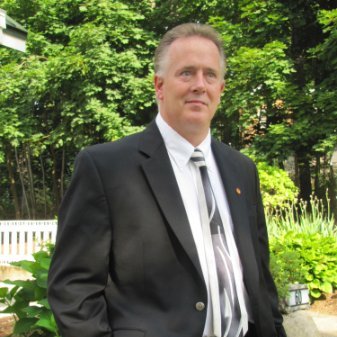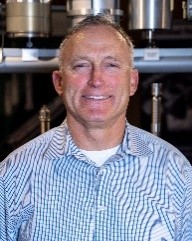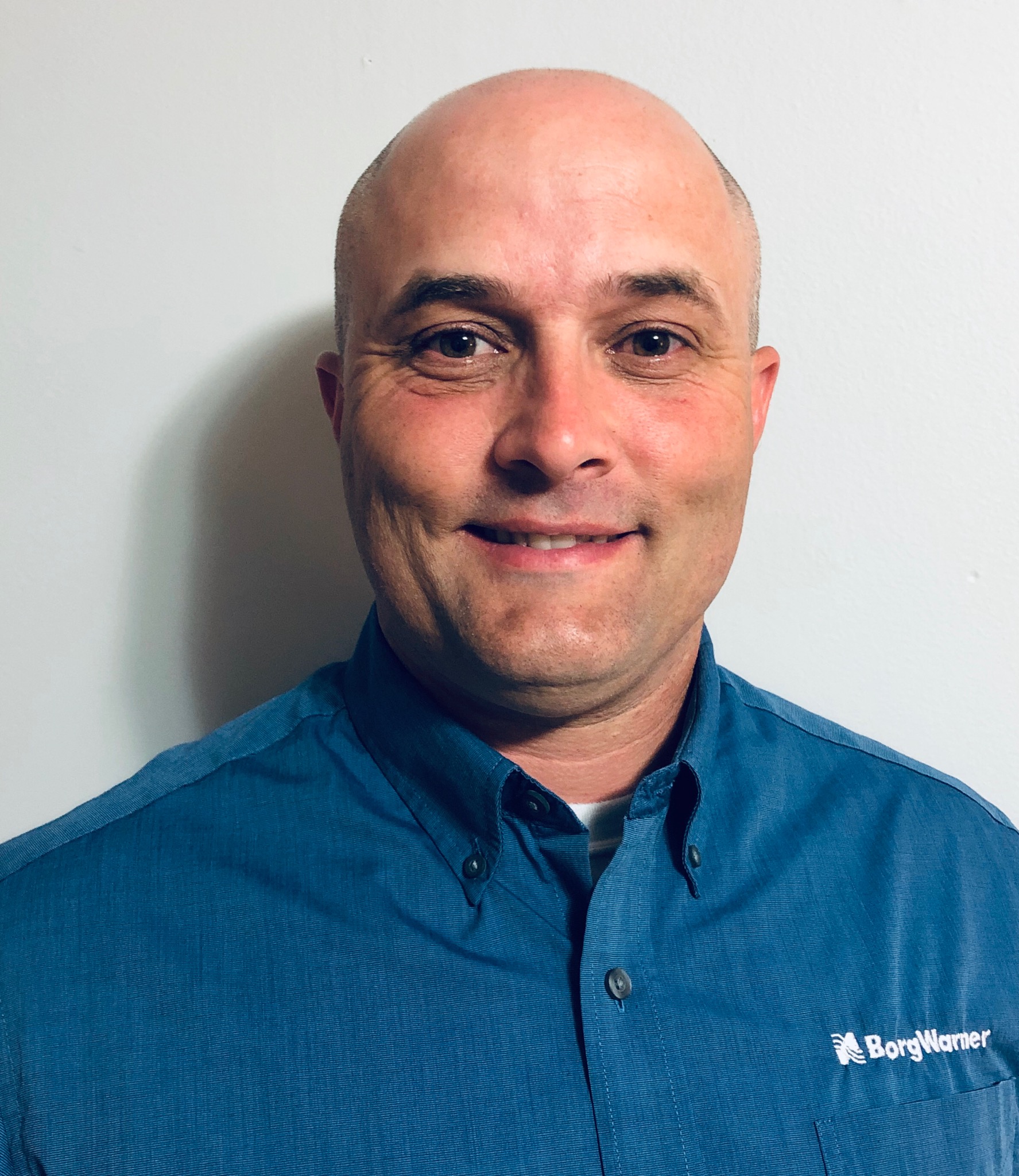Description
Historically, in production environments, the industry standard has been to run spindles to failure. We know from our 30 years of spindle repair experience that this is a cost prohibitive strategy, not only from a repair cost perspective, but also from the associated machine down time. The result of running a spindle to failure or above recommended velocity thresholds cause excessive and unnecessary damage including, but not limited to: installation of new bearings, grind-chrome plate-regrind of shaft bearing journals, grind-chrome plate-regrind of the housing bores and/or stator rewinds. By removing the spindle when the vibration levels are in the lower end of the velocity and acceleration thresholds you significantly reduce the extent of damage that is caused as the bearings begin to deteriorate. This would typically result in a repair including but not limited to: installation of new bearings and very little if no grind-chrome plate-regrind needed. The result represents an average cost savings of 71% on the spindle repair cost alone. The savings in machine down time, production losses, unscheduled personnel costs and material expenses are significantly more.
Understanding vibration signatures, balancing, tool holder and draw bar maintenance can help lower the cost of spindle repair and downtime. In this workshop, you will learn about these technologies and how to apply them to your machine tool program. You will also hear from David Stancil, a reliability and maintenance professional who has applied these strategies and technologies in Borg-Warner’s reliability maintenance program. Learn about the strategies that help make your spindle maintenance program world class.
Tom Hoenig, President of GTI Spindle Technology will present an overview of the benefits of implementing a vibration program for spindles to monitor spindle health and predict and prevent potential failures to minimize downtime and repair costs. The presentation will include real-world case studies of instances when vibration monitoring was used to detect and prevent catastrophic failure.
Harold Goellner, President of Advanced Machine and Engineering will present “Industry 4.0 lives in your spindle” addressing topics such as condition monitoring (MSU), Steep tape, HSK tool standards clamping issues and how to minimize downtime of your machine tool spindles.
David Stancil, Maintenance Reliability, CMRT of BorgWarner PowerDrive Systems will present case studies on the practical application of vibration monitoring strategies for machine tools programs.
Bios

Tom Hoenig, President of GTI Spindle Technology
Tom has over 25 years of experience working with machine tools, spindles and the application of vibration monitoring for the improvement of machine tool reliability.

Harold Goellner, President of Advanced Machine and Engineering
Harold works closely with the people that design, build, and operate the machines that power the manufacturing industry. His career has centered around machine tool spindles, specifically the tool clamping systems within them. Harold was born in Germany, the son of a passionate craftsman, inventor, and machine tool designer. Harold started his career as a journeyman machinist and is now the President of Advanced Machine and Engineering.

David Stancil, Maintenance Reliability, CMRT of BorgWarner PowerDrive Systems
David was born and raised in Clemson, SC and is 12-year United States Air Force veteran as an F-16 Avionics Craftsman. David is certified for Vibration, Thermography, Oil Analysis, and Ultrasound. David is responsible for the reliability of all of the assets at BorgWarner in Seneca, SC.